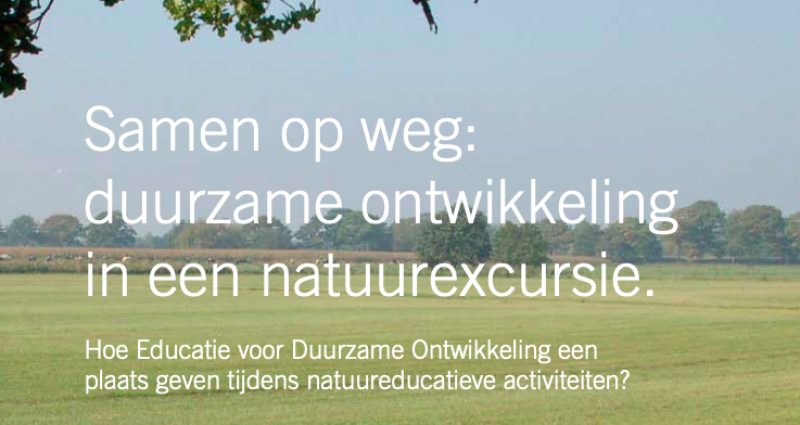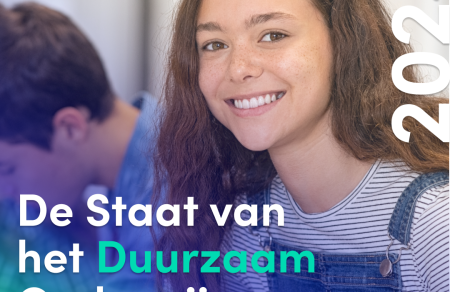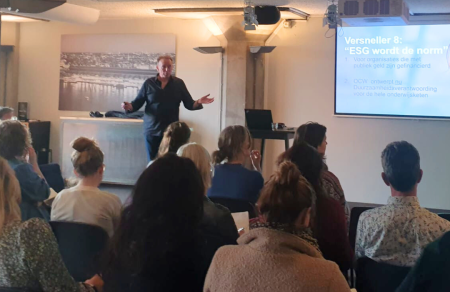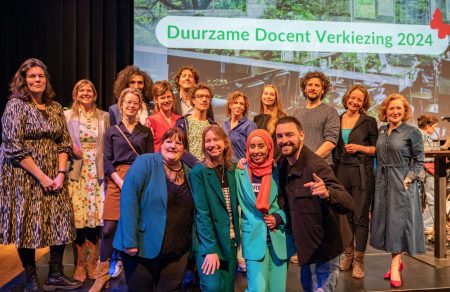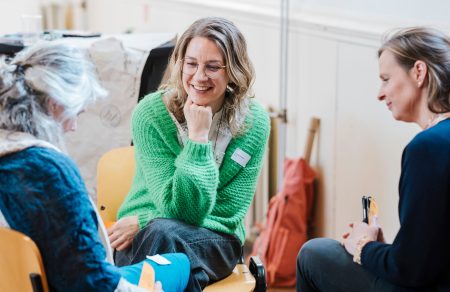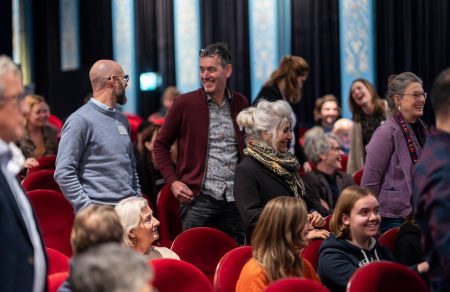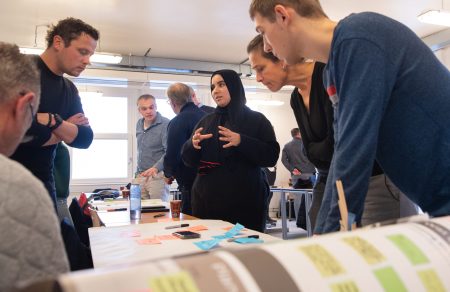Contents
You don't have to be a nature guide to use this brochure. Apart from the 'excursion' working method - which, after all, outdoor teachers can also use - this brochure is mainly about the question of how to combine nature education and 'Education for Sustainable Development' (the beautiful Flemish counterpart of our 'Learning for Sustainable Development'). This happens immediately in chapters 2 (didactics of ESD) and 3 (how to put ESD into practice). These chapters mainly deal with what participants (target groups/pupils) can learn from ESD, what the educator/teacher can contribute with regard to content and what skills he/she will need to do this.
Chapter 4 tackles ten topics, providing a concrete guide for practitioners. These topics are biodiversity, climate, migratory birds, forests, agriculture, parks, landscape history, rivers, silence and darkness. A nice collection with which you can create very different experience and learning situations. It is in this chapter that the real power of this brochure lies.
Examples
Take, for example, "landscape history. Ostensibly a 'good' subject. But the Flemish immediately know how to give it a 'sustainability twist' by elaborating the aspects 'Wonderment', 'Care' and 'Justice', which are consistently maintained in each subject.
You then quickly end up with a text like, 'Heathlands and other traditional landscapes teach us how difficult it used to be for the farmer to maintain soil fertility. This is still the case in large parts of the world today. On the other hand, we can now afford to maintain shifting dune landscapes as nature reserves (Kalmthoutse Heide; Hoge Veluwe) while elsewhere on earth desertification is a major environmental problem for entire populations'..
Land degradation, socio-economic North-South dialogue, global ecology, time and space - do you want sustainability to be even 'darker green'?
Reflection
The text, as in 'The Flag and the Load', concludes with a reflection model: the ESD test in chapter 5. Here the three aspects mentioned above plus the organization of the activity are addressed. The educator/teacher is expected to fill it out before the activity and to discuss it with the group afterwards.
As far as I am concerned, this is a brochure that is both accessible and succeeds in elaborating sustainable development in an educational/teaching sense in a concise manner.

